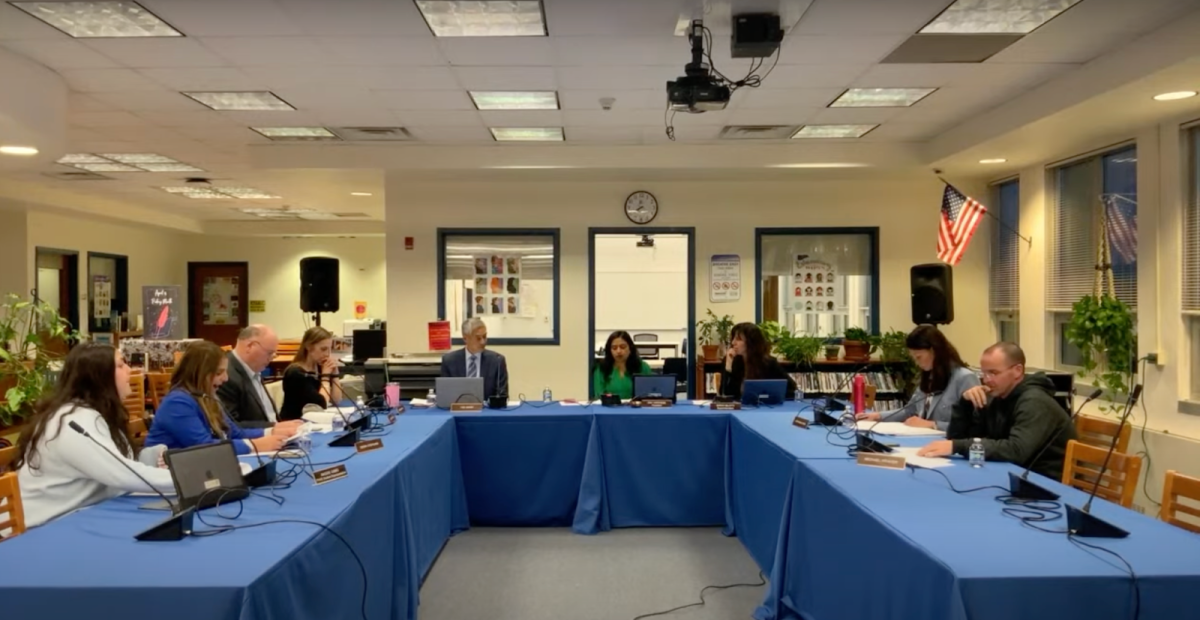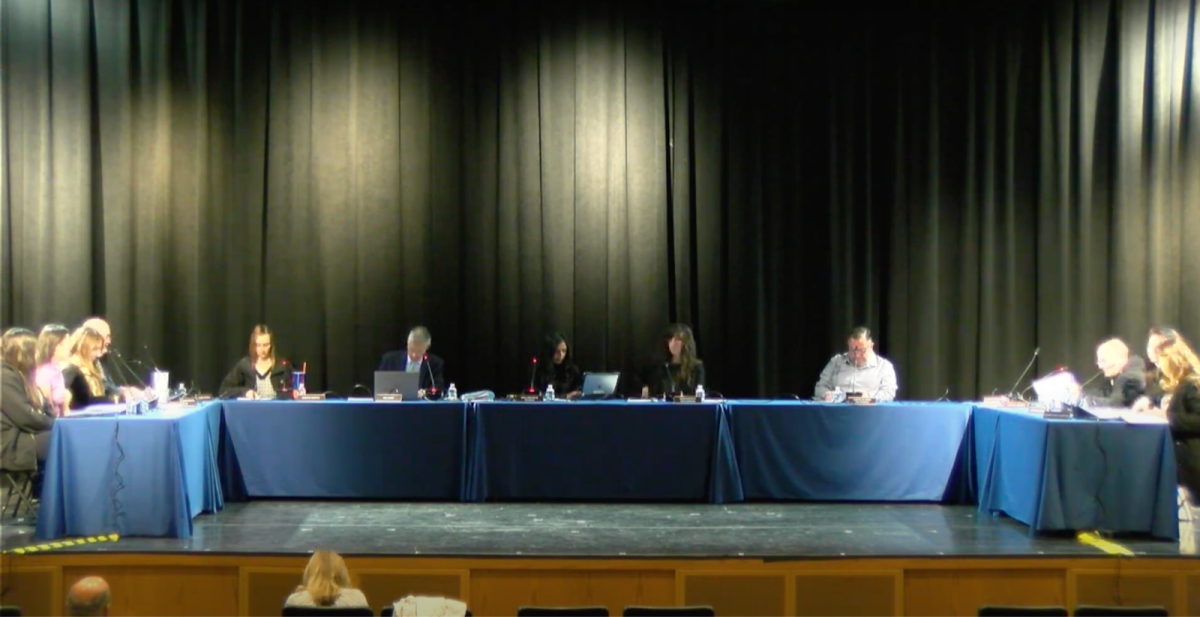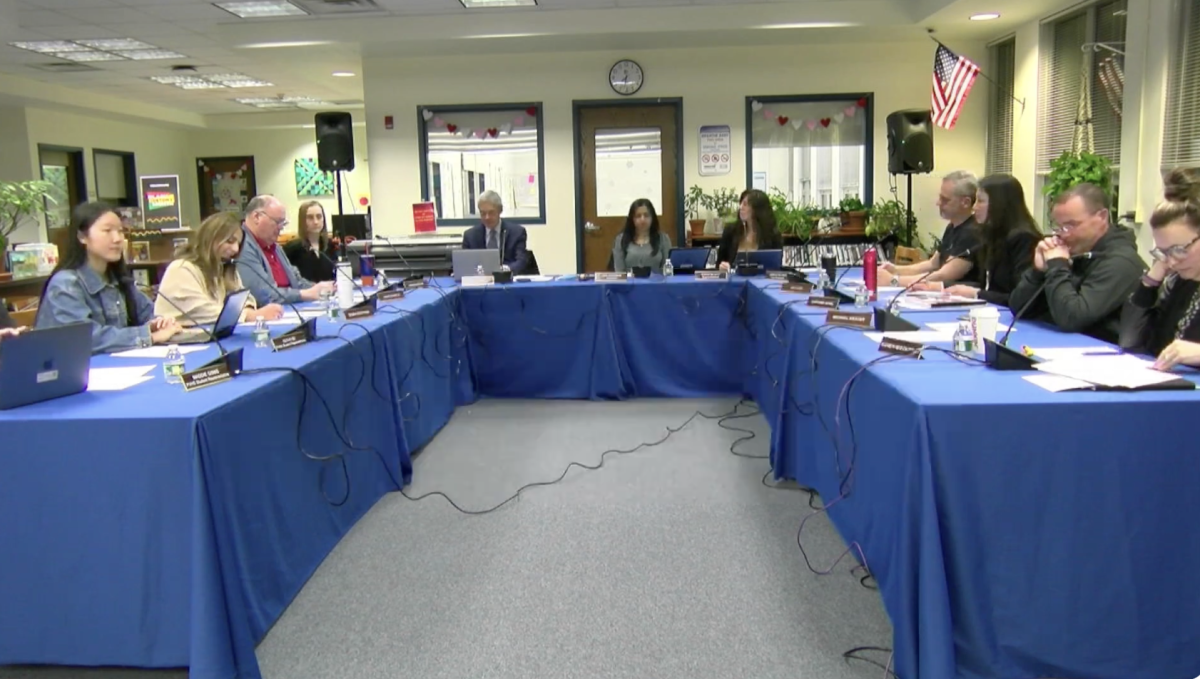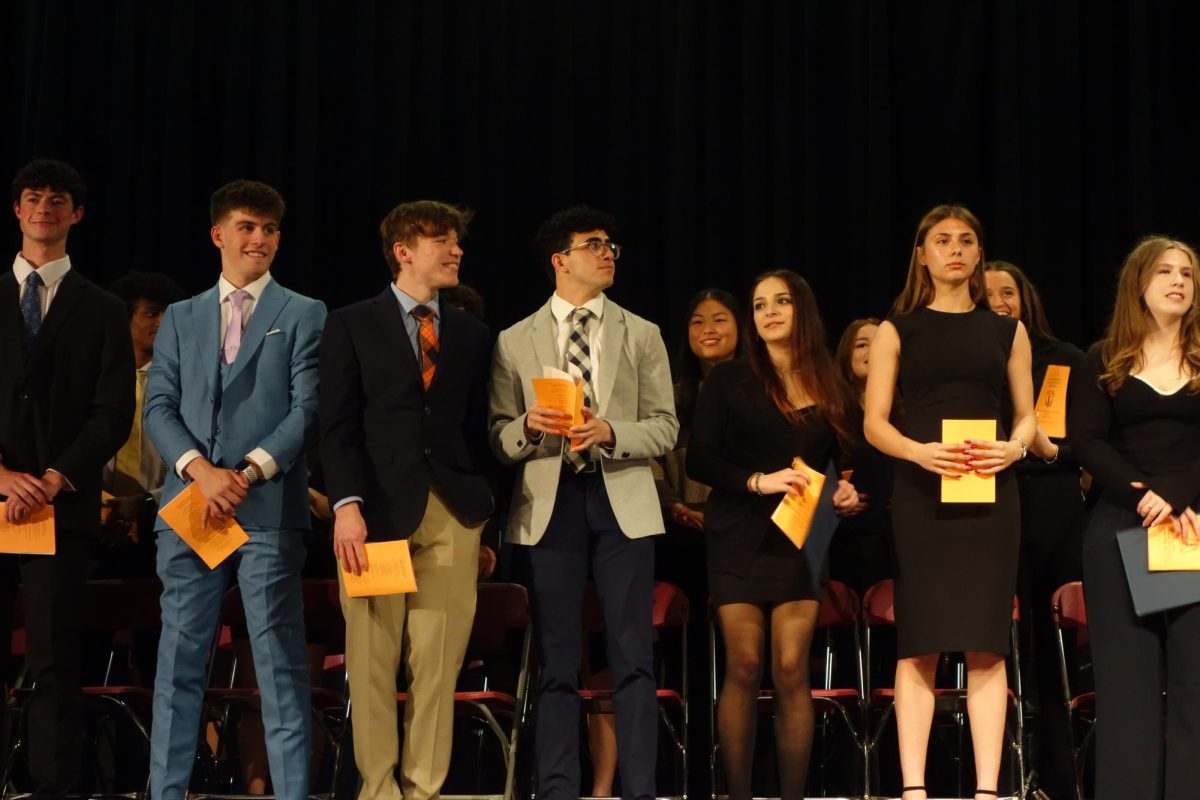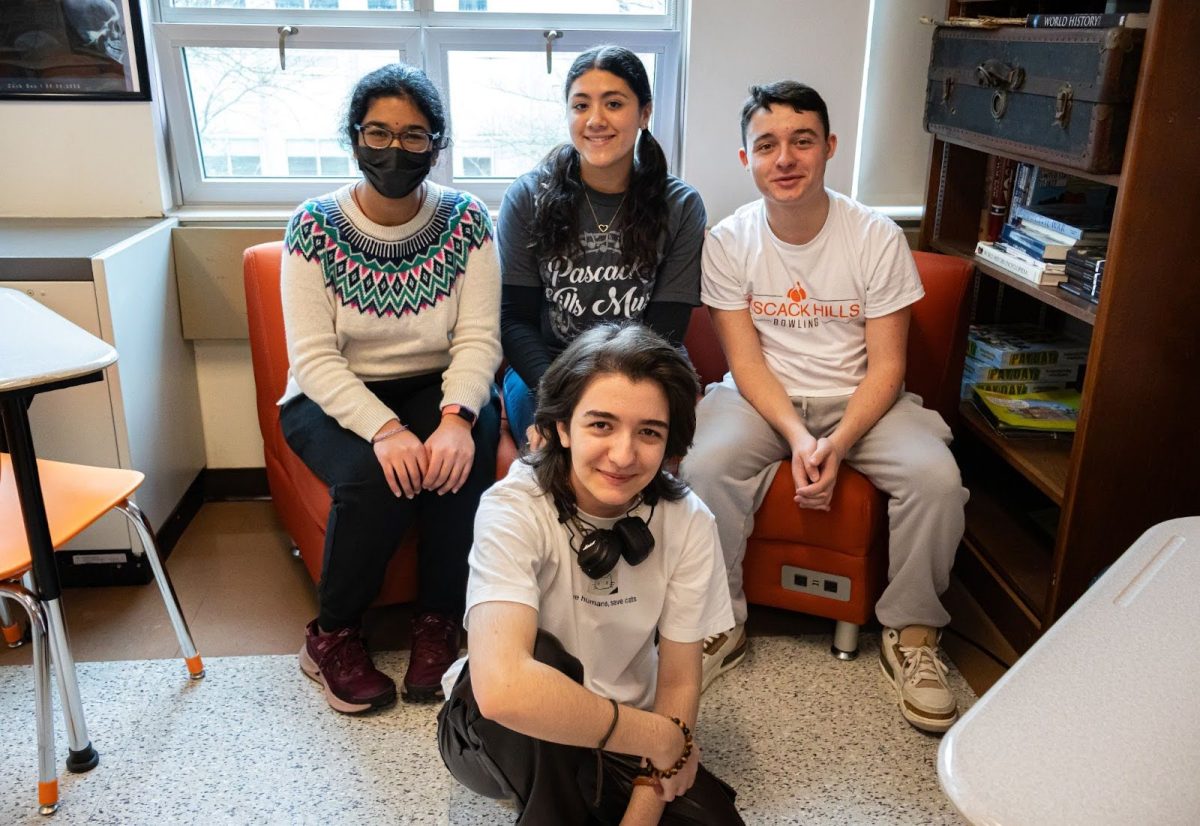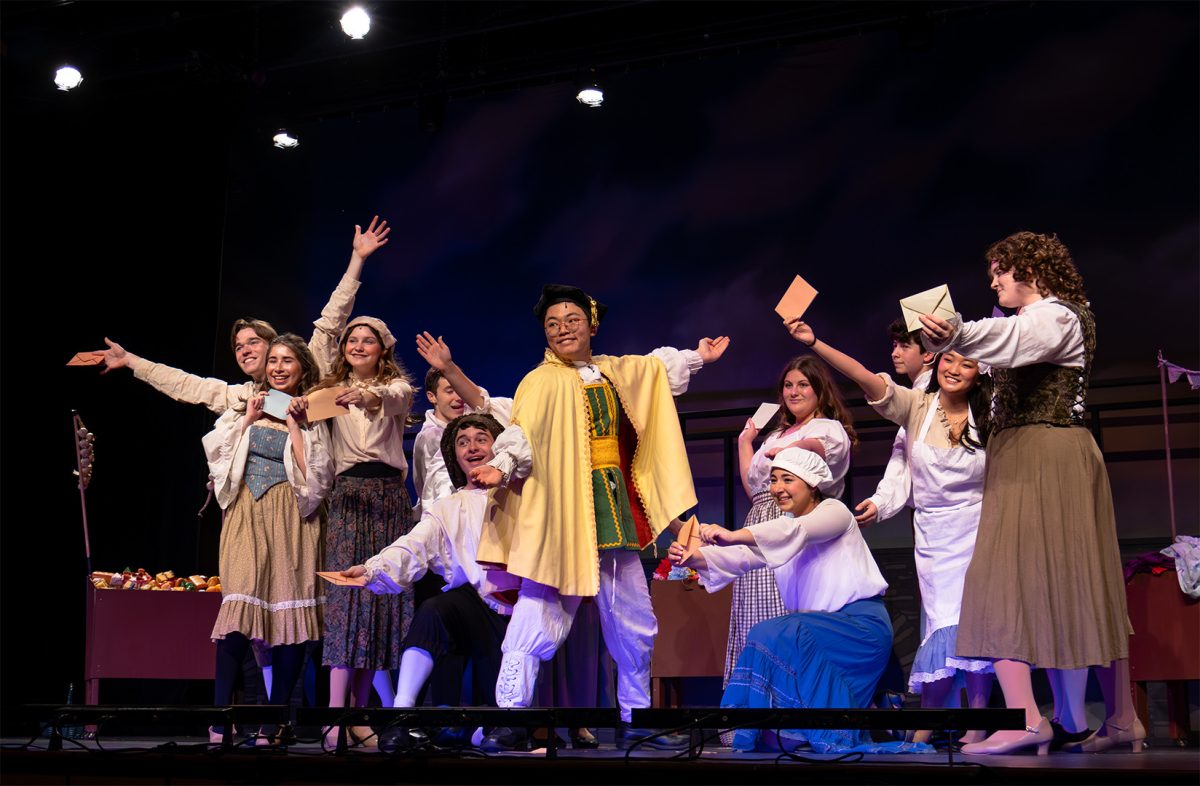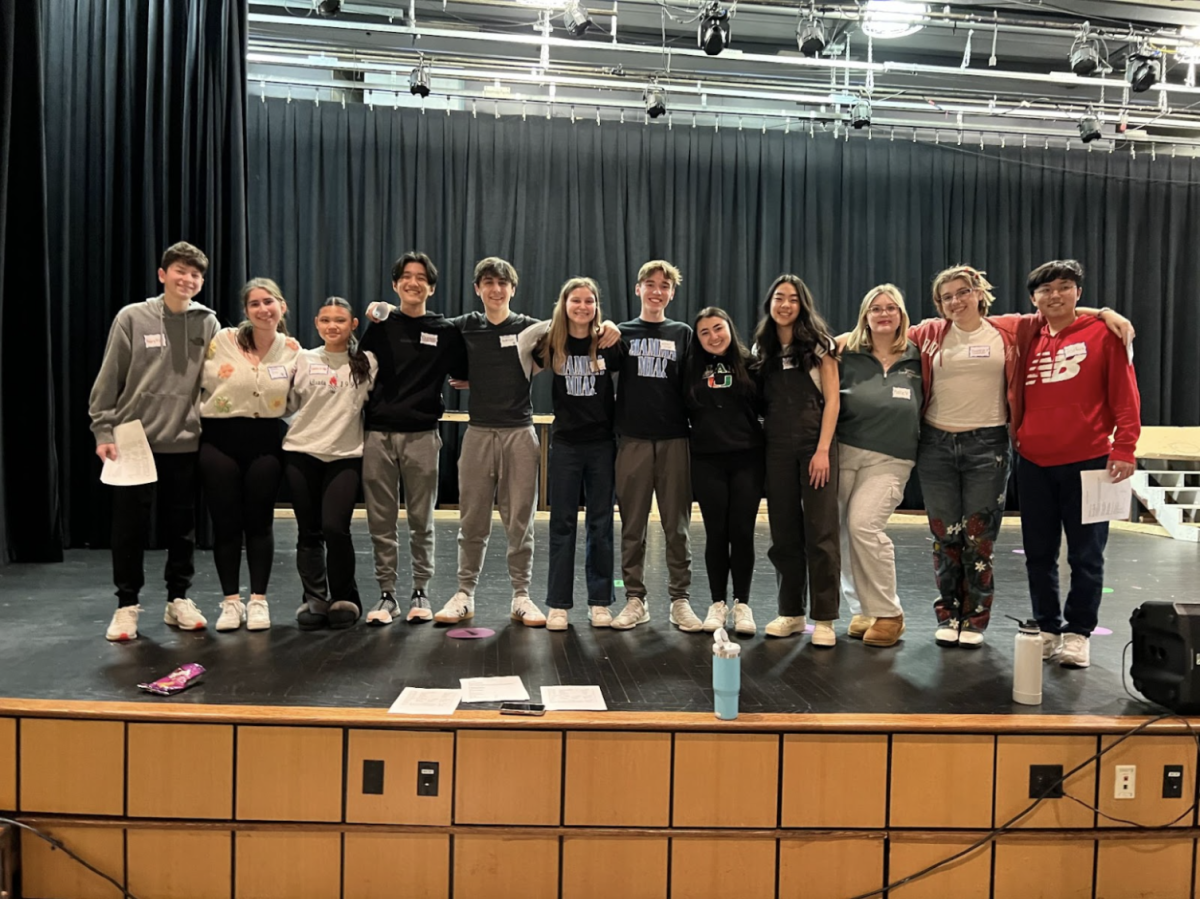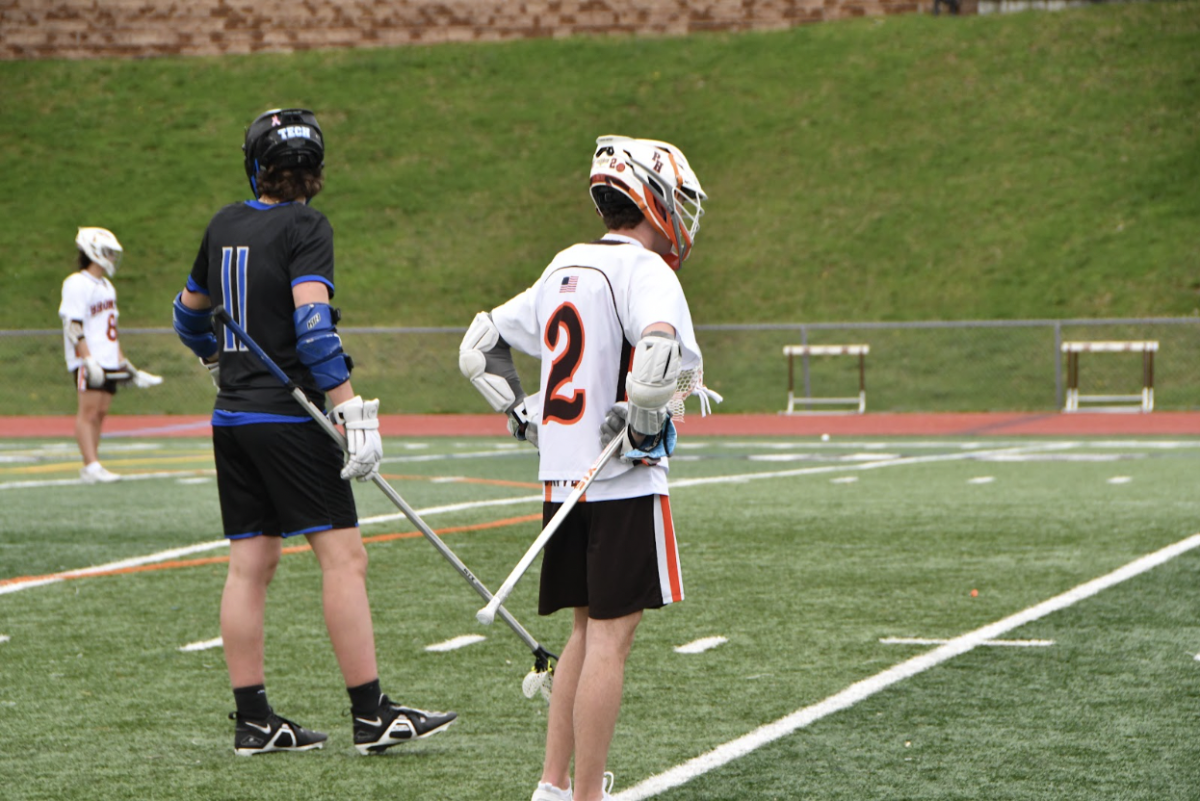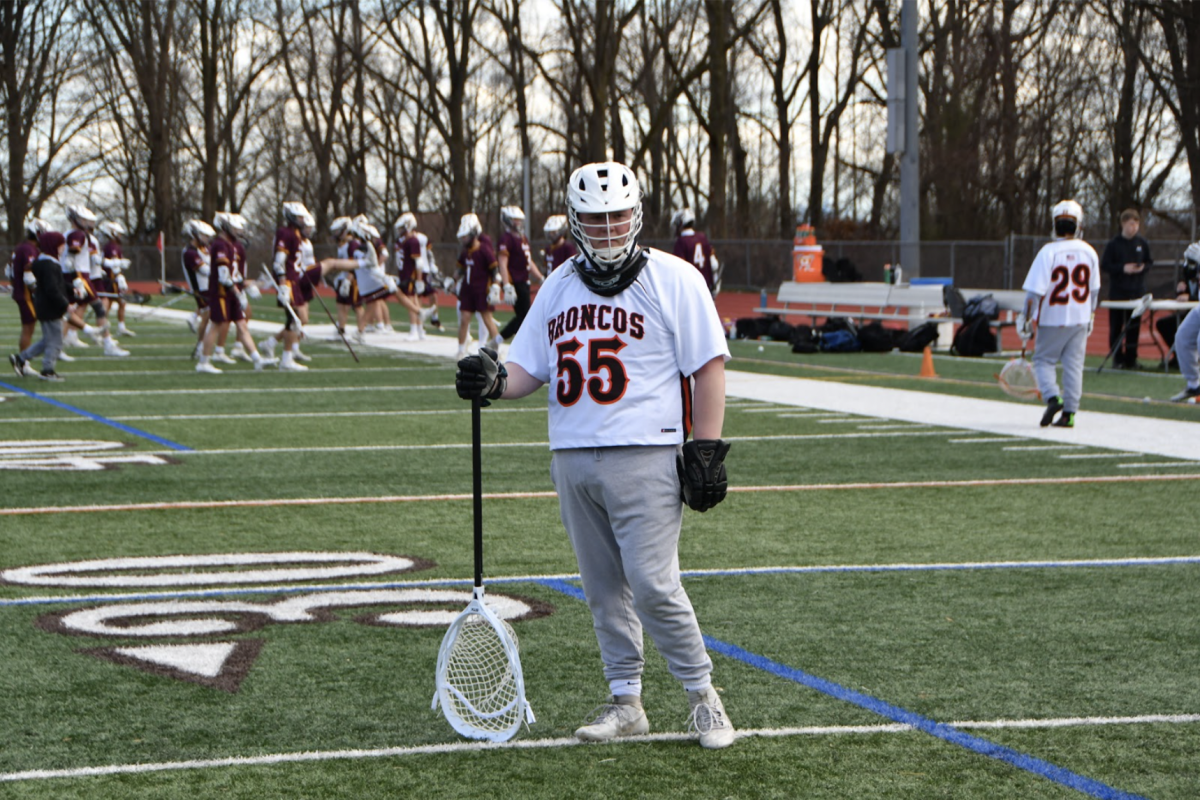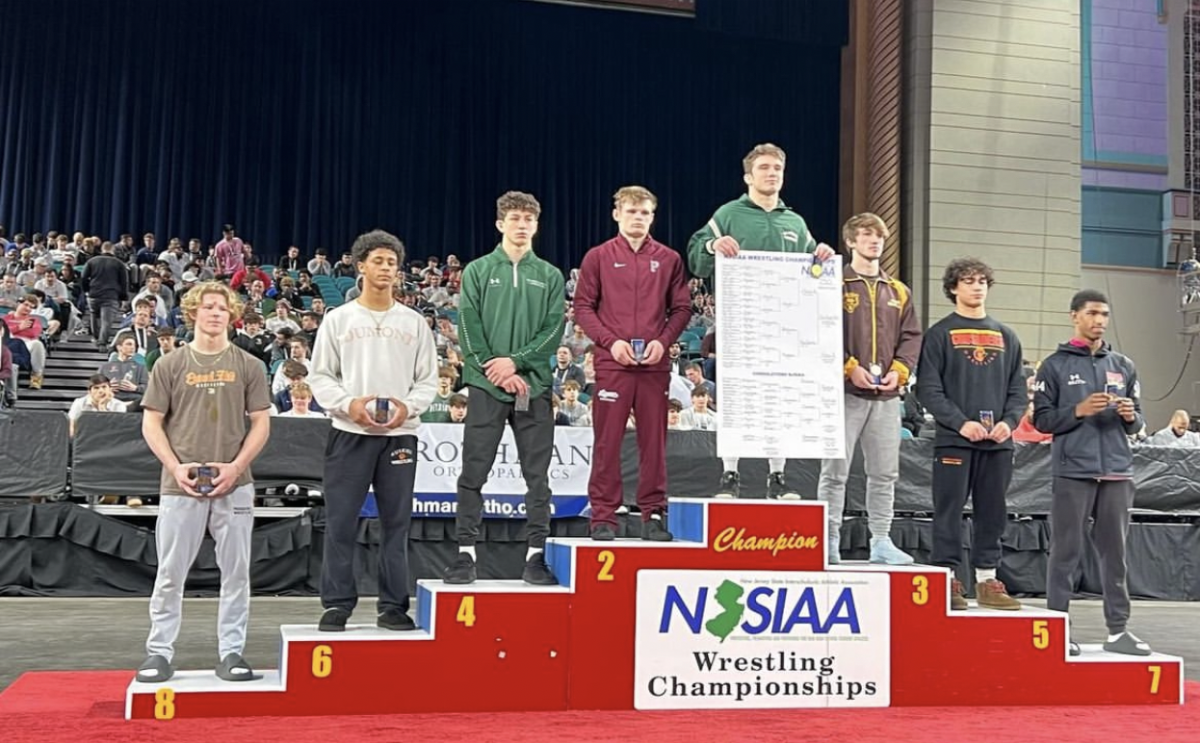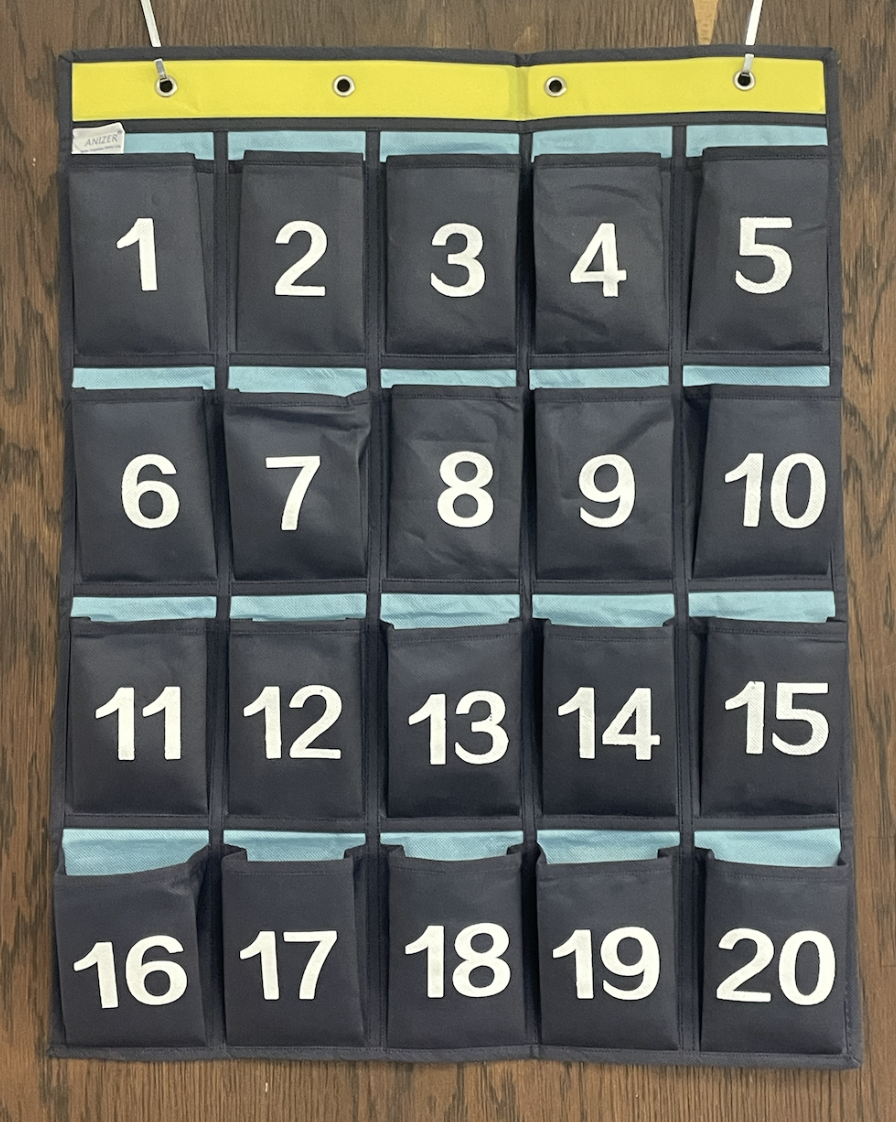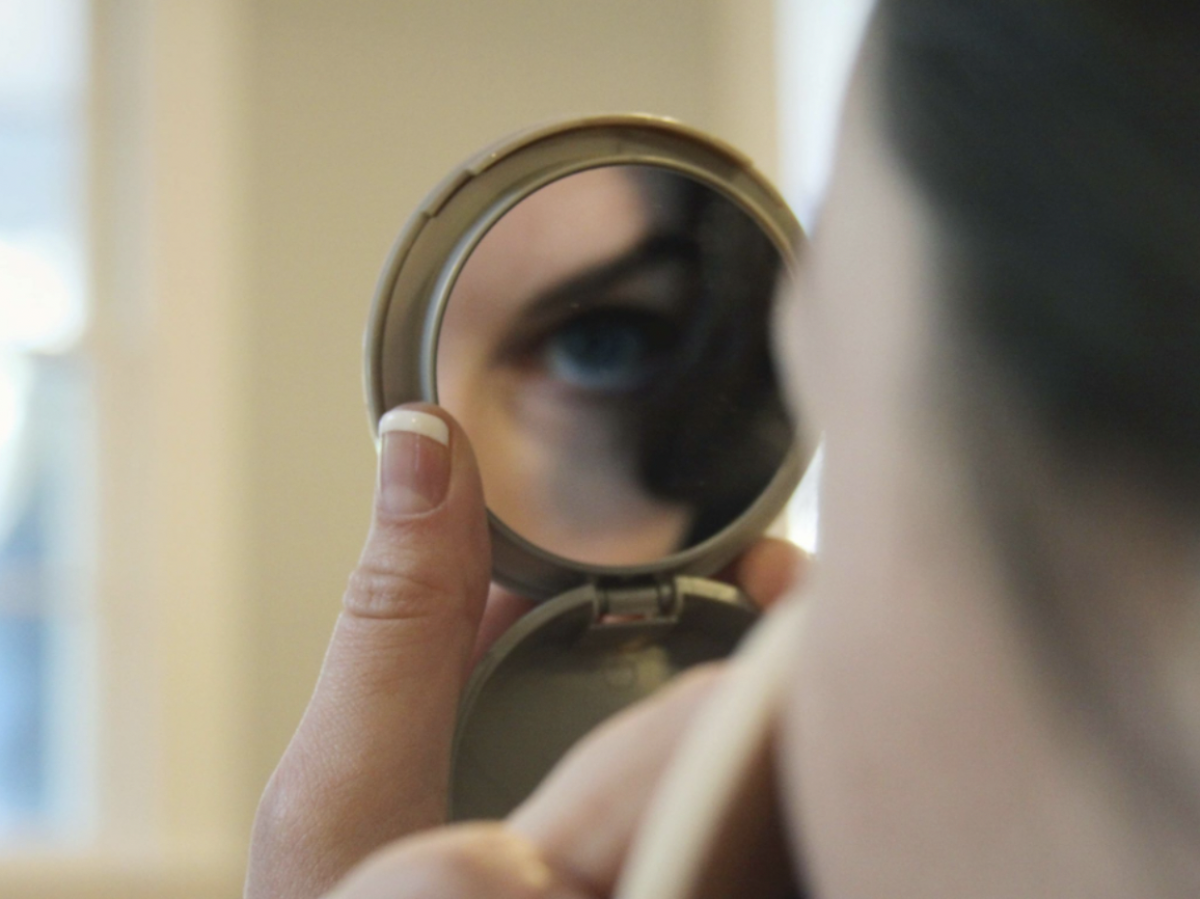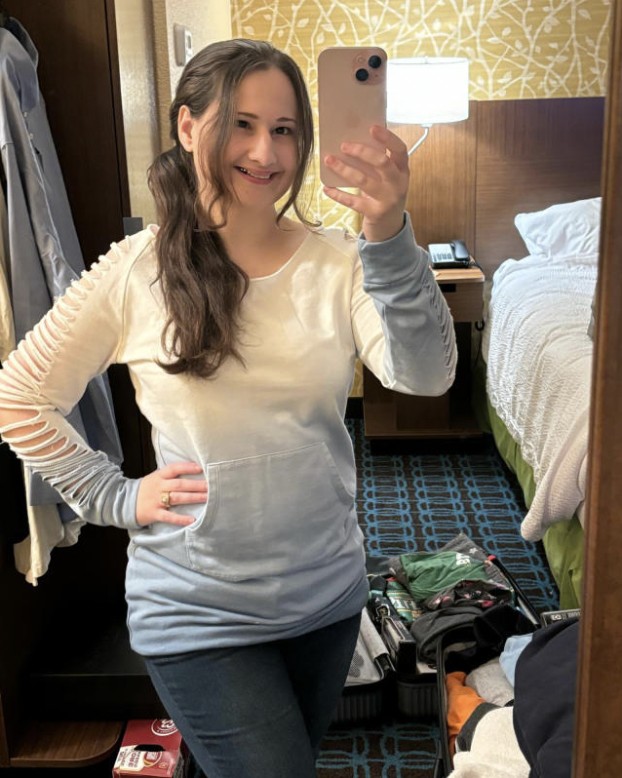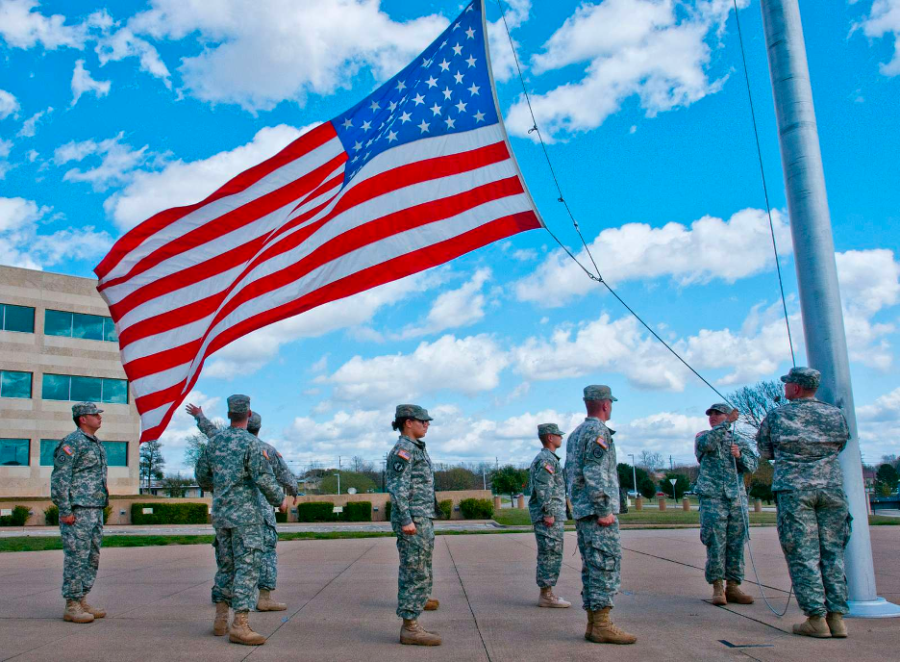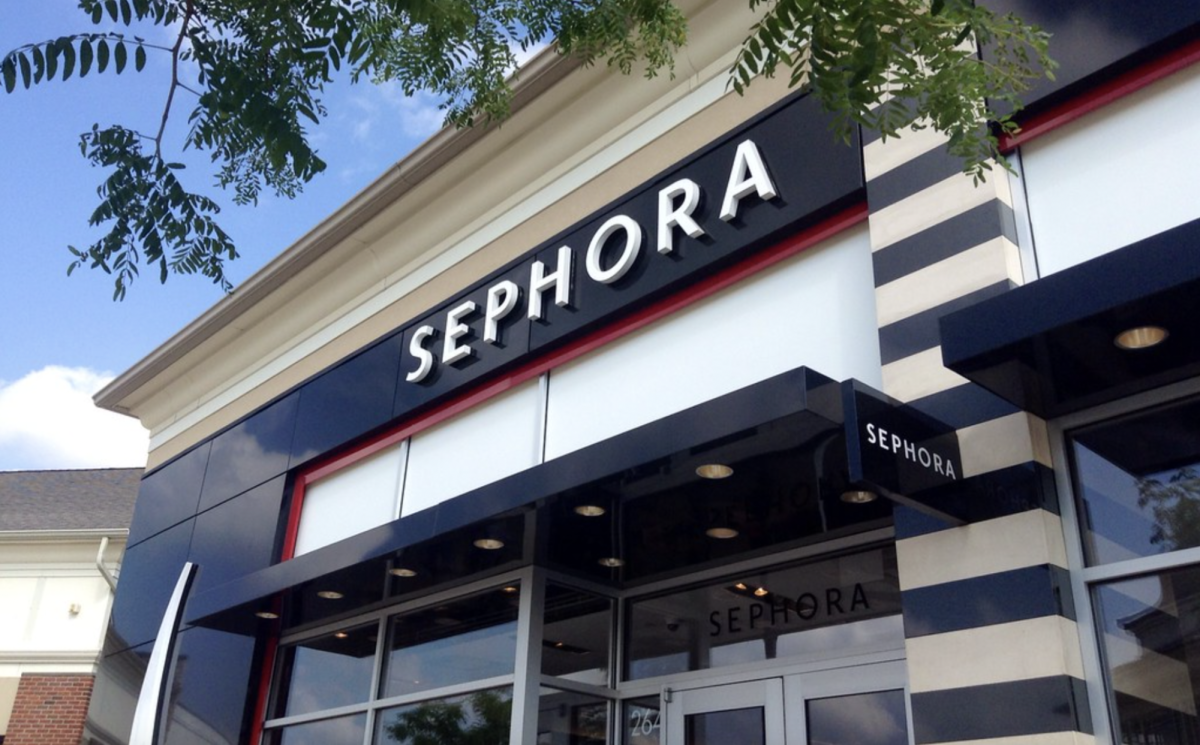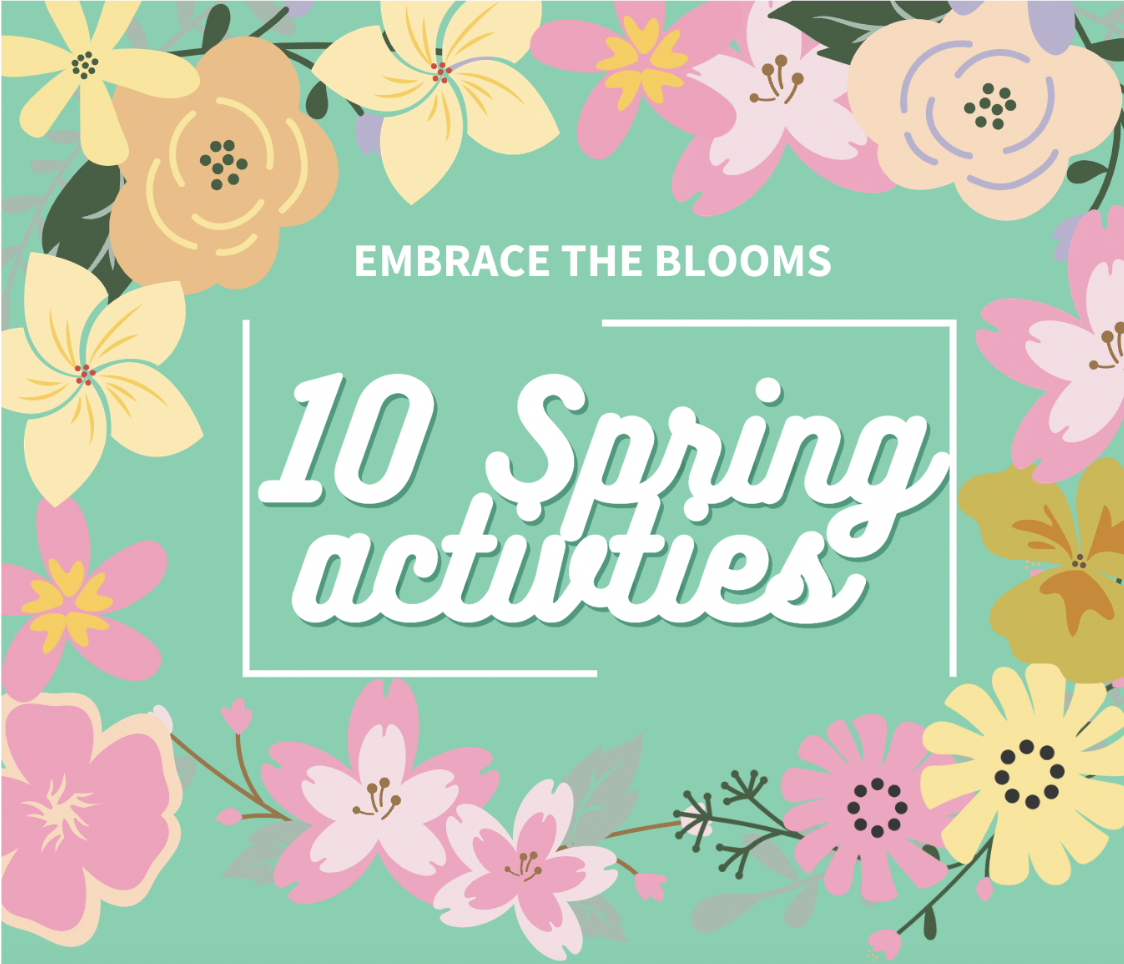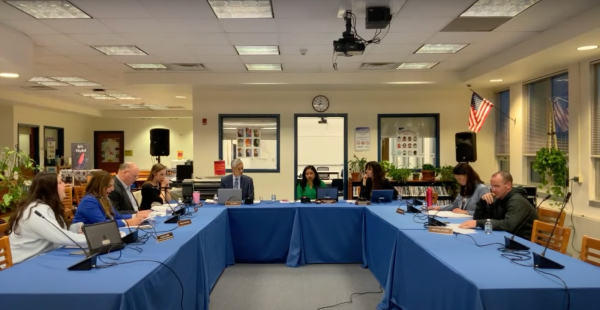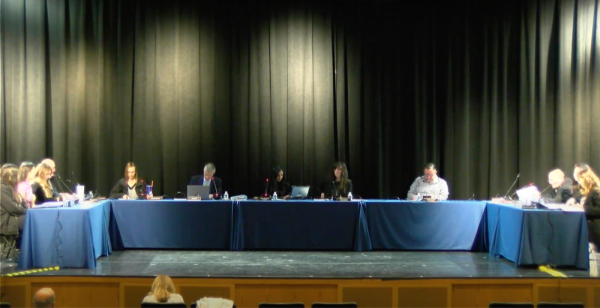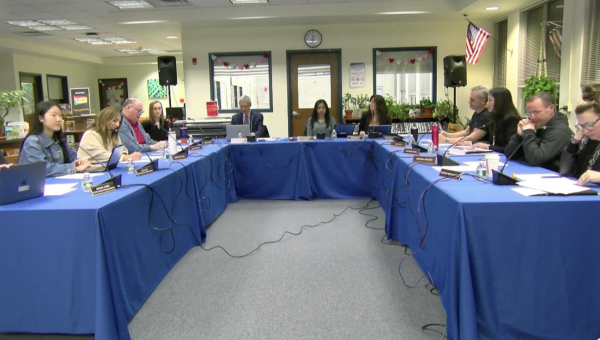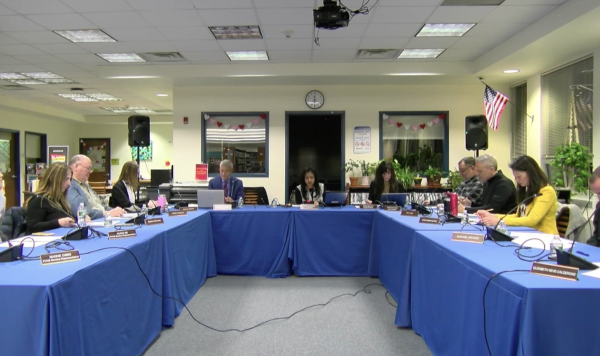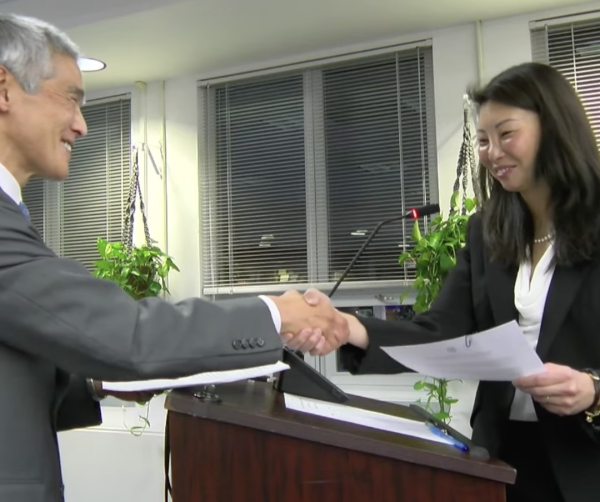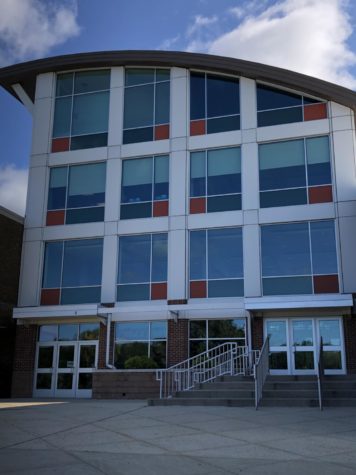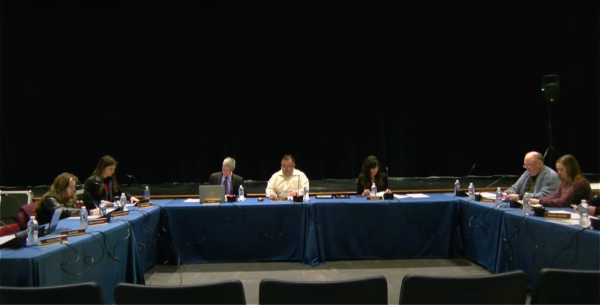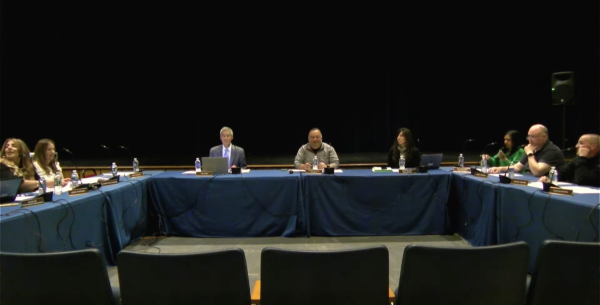Social Media in the Classroom
As the years have passed, our school has seen several structural changes and the introduction of new policies. The evolution of the social media field in classrooms, however, has been ignored despite having the most drastic change over the recent years. About a decade ago, social media websites like Facebook were just beginning to display any signs of potential success. Most of the popular social media sites, like Tumblr and Twitter, were not created until the late 2000s. However, between Canvas, Schoology, and other educational social media platforms omnipresent in classrooms, it’s clear that social media, once frowned upon by educators, is now being used to their advantage.
One teacher who has been a key figure in bringing social media into the classrooms is Ms. Rome. “Social media helps me connect with students in a more relatable way,” says the Freshmen English teacher and advisor of the PHHS Trailblazer. She is right, social media speaks to the teens of today. With a generation that spends 28% of its time online on a social media website, it’s pretty smart to combine technology with education. It connects the teachers to the students. It is also more convenient for teachers to get information out to their students. It allows students to stay more organized because the sites send students notifications, something Ms. Rome believes Canvas is extremely useful for. Organization is key for a high school student to succeed, and to have all of students’ courses on one site is very helpful.
However, these social media sites can have their downsides. On paper, integrating social networking with your class is a brilliant idea, however it is an idea that is flawed. Some students view it as a breach of personal privacy. When I told a group of freshmen about social media being used frequently in several English and history classrooms, they had mixed reactions. “Isn’t that an invasion of privacy?” one freshman asks. “It’s one thing to be using websites like Schoology and Edmodo to help organize yourself and do work, but I feel uncomfortable with them following me and seeing my Tweets.” Although most, if not all, teachers allow you the option to make a school-based Twitter account, the thought of a teacher “sliding into your DMs” to remind you about an essay due later in the week could be a bit odd.
Whether you are for or against social media use in classroom settings, there is no denying that the progression it has made in the span of a decade is remarkable. “Five years ago, I never saw myself using Twitter in the classroom,” Ms. Rome says. Personally, I find it fascinating that something we’ve learned to keep private and only use with your close friends and family has found its way into high school. So, what’s the next social media platform we can use for educational purposes? If it were up to Ms. Rome, it would be Pinterest, which she believes would be great for collaborating on group projects. I guess we’ll just have to wait and see, but in the meantime, you can follow @PHHSTrailblazer on Twitter.

Jackson Cianciulli is a senior at Pascack Hills and the Editor-in-Chief of the Trailblazer. This is his third year as a staff member, where he formerly wrote as on Opinion writer. Jackson is also involved with the school's choral programs, Animal Rights Club, Peer Leader Program, Human Rights Club, and Student Government, where he is currently the senior class's public relations officer. Jackson plans to attend the University of Wisconsin-Madison in the fall studying journalism and hopes to either...


